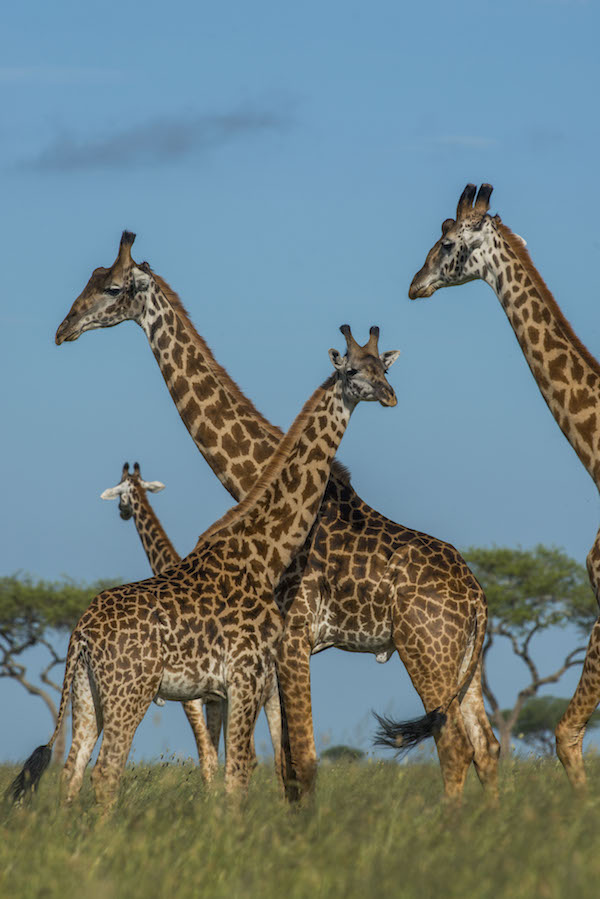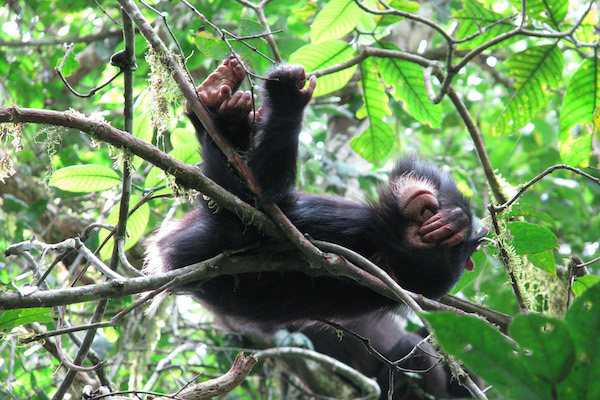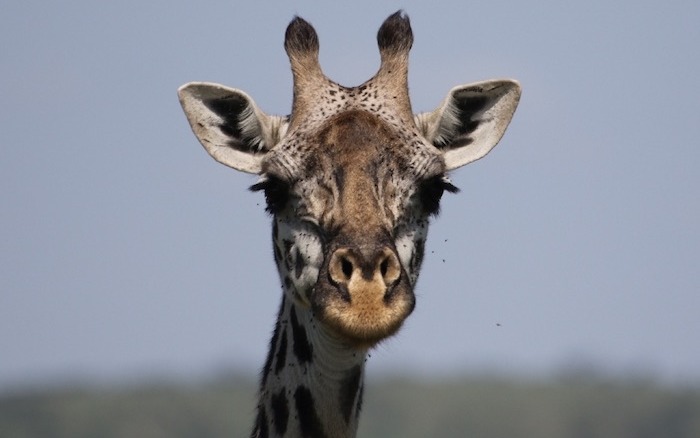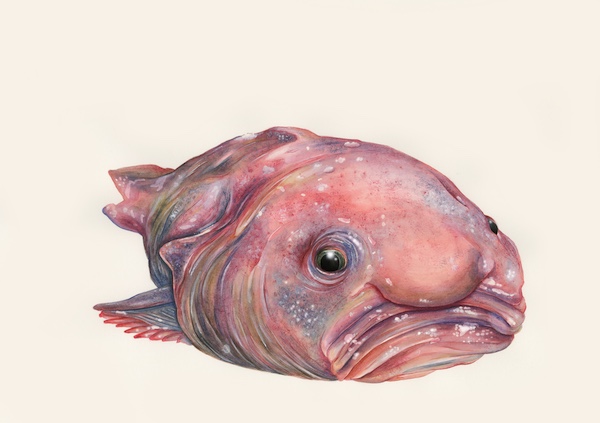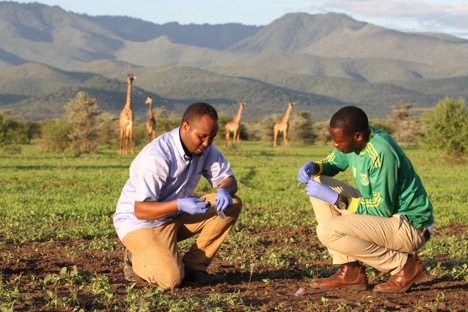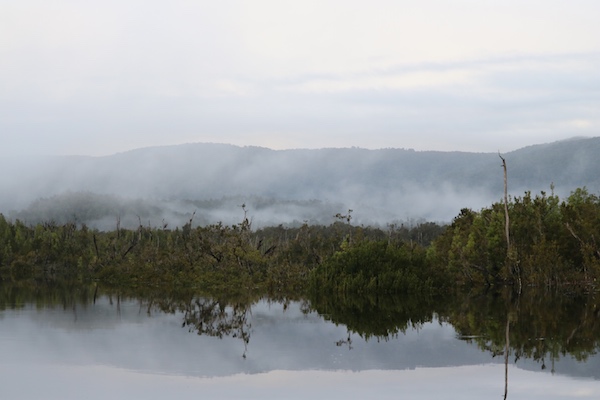Meet
Daniel Rosengren
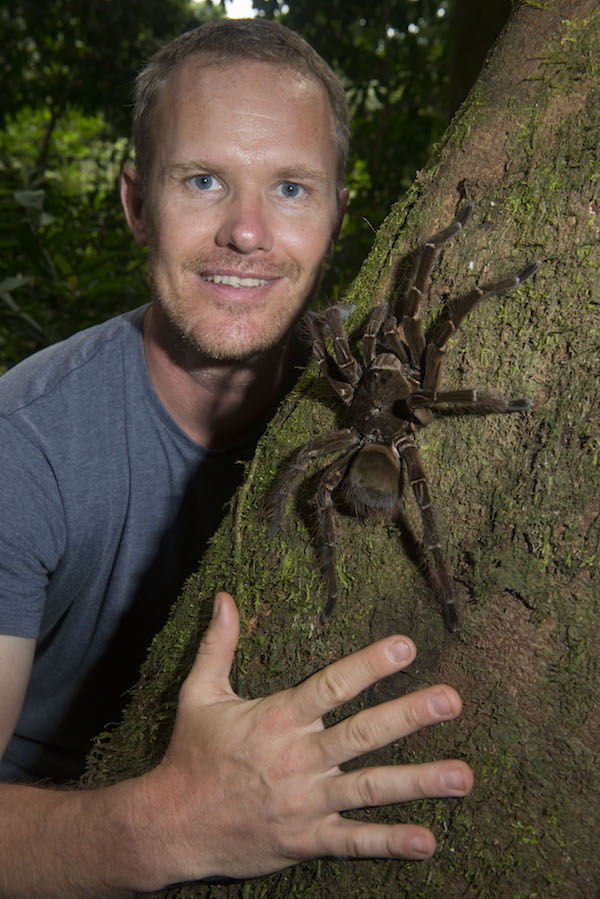
Today we meet Daniel Rosengren of the Frankfurt Zoological Society (FZS), a biologist and nature photographer who has traveled and worked in many places around the world. Daniel spent five years researching lions in the Serengeti. He is a keen adventurer. Some of his travels have included bicycle trips across Europe, Africa, and South America. Daniel never travels without a camera!
Read on to learn more about Daniel's adventures as a nature photographer!
What is the goal of your work as a wildlife/nature photographer?
Daniel: The ultimate goal of my photography is to protect and save important nature areas with high biodiversity. This is done by raising awareness about the areas as well raising funds for the projects that protect them.
I work for the Frankfurt Zoological Society (FZS), a conservation NGO (non-profit organization) with 29 projects on four continents. When I go to one of these project areas I try take photos of the beauty of the areas as well as the wildlife. But I also take photos of threats to the area, like for example logging and poaching activities.
Why is this interesting or important?
Daniel: Protecting our last intact nature areas is more important than ever with the climate change happening right now. Healthy primeval forests are among the best sinks of carbon we have and protecting these areas should be a priority in the battle against climate change.
Also, it is important to protect nature to prevent pandemics like Covid-19, that most likely originates from the wildlife trade. Also, the outbreak of Ebola, SARS, Lyme and other deceases can be linked to the destruction of natural areas or to hunting.
I also think that we have an ethical responsibility to protect and save as many species as we possibly can.
How do you go about your work?
Daniel: Before a trip I try to find out as much as possible about the project and the area. What special species are in there? What are the threats to the area? What work does FZS do to protect the area. Answering these questions also gives me a good idea of what I need to take photos of.
The days just before I leave for a trip are busy packing and making sure all batteries are charged, etc. For some countries I need to apply for a visa beforehand.
Once at a place I work with the local employees of FZS and depend on them to show me their area.
On the African savanna, I usually travel by car for safety reasons. But also, the animals are normally less scared of a vehicle than a person on foot.
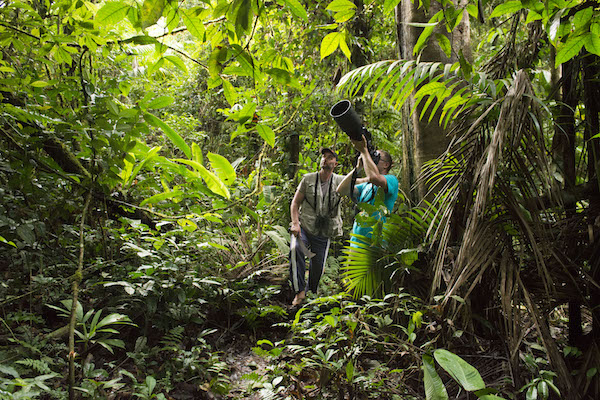
In rainforests there are usually no roads, then I travel by boat on the rivers and make treks into the jungle. These treks can be quite challenging as vegetation is dense and it is hot and humid. My camera equipment is very heavy and it is also important to carry enough water with me not to get dehydrated.
In some cases, I use a hide to be able to get close to shy animals. One time I made a floating hide to take photos of birds on the water.
After a trip I have a lot of work in the office. It is not uncommon that I come home with about 10,000 photos. I have to select the best ones of those and edit them. But, the really time-consuming part is key-wording and captioning each photo.
This is important for people to be able to search and find the photo they are looking for and to understand what is shown on the photo. As a general rule of thumb, I spend about two or three times as much time working with the photos in the office as I spent taking them in the field.

Office work?!
I prefer to stay outdoors where there is poop aplenty!
When you complete a project, how do you hope that it will help people better understand and conserve the wildlife or places you photograph?
Daniel: I hope that by showing the incredible beauty of nature, people will develop a love for it and want to protect it. By showing not only the beauty of areas but also the threats, I hope that people will understand the need and urgency of doing something about it. I have two good examples of this.
In the Kaieteur National Park of Guyana, I took photos of illegal gold mining that not only destroys the rainforest and rivers physically, it also poisons the ecosystem and drinking water with mercury.
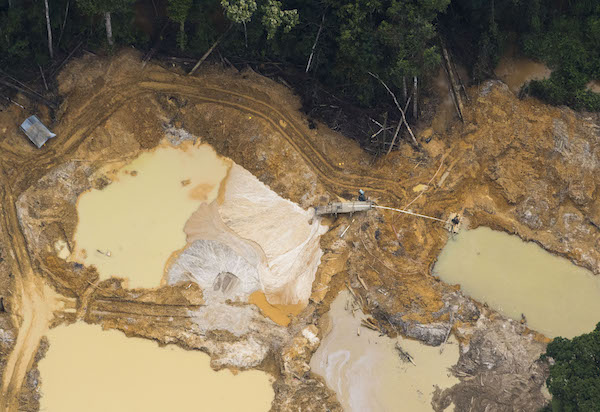
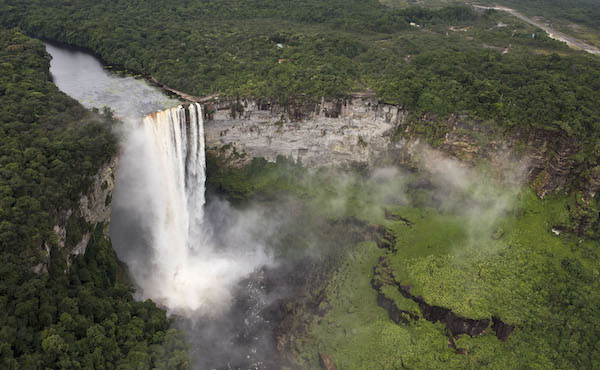
Previously, the FZS had been sending yearly reports to the authorities about the illegal gold mining, but to no effect. This time, they included my photos and with this visual illustration of the destruction the report went straight up to the president of the country. He instantly sent people there to stop the gold miners.
Right now, there are plans to construct a waterway connecting the Baltic Sea with the Black Sea. This waterway would be drawn through Polesia, a huge wetland area shared by four countries that is very important for breeding and migrating birds as well as other animals.
But the construction of the waterway would not only destroy this wetland, it would also release large amounts of radiation from the Chernobyl nuclear reactor disaster stored away in the sediments. Millions of people depend on the river water from the area for drinking water and would be in direct danger from the radiation. I really hope my photos can help in stopping this crazy project.
What do you want kids to know about the things that you photograph that they may not know?
Daniel: I photograph such a wide range of ecosystems and animals that I don’t know where to begin. But maybe I should tell something about lions since I used to work with lion research.
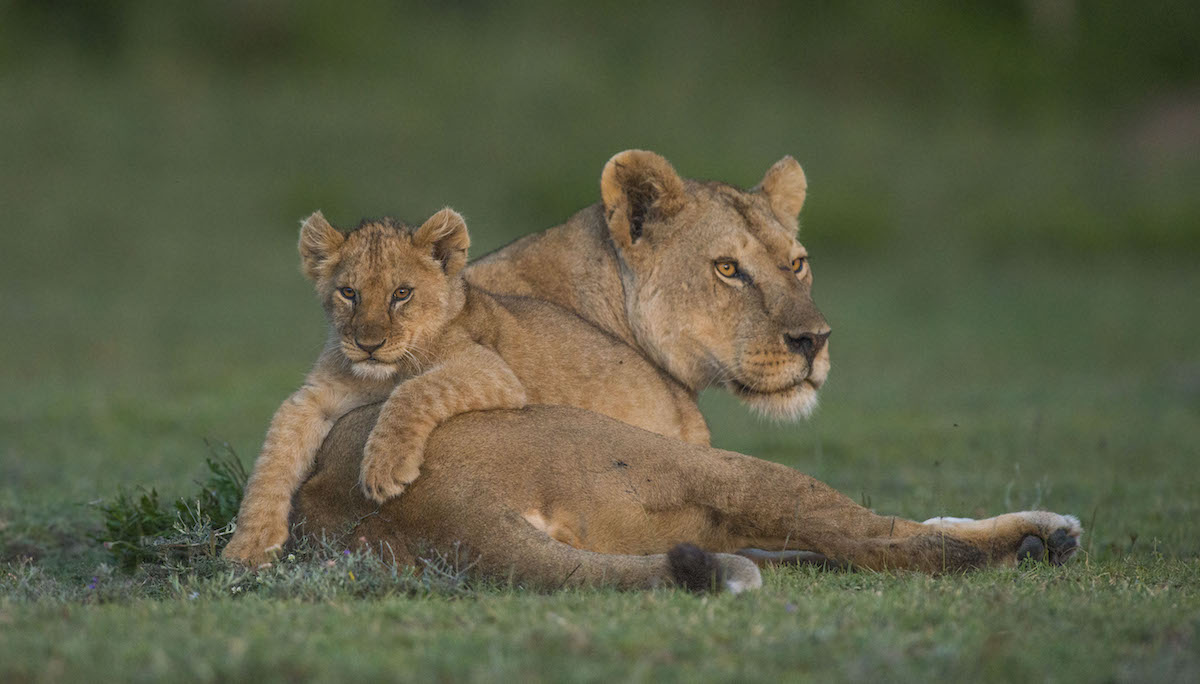
Many believe that the male lion is the leader of a lion pride, but there is actually no leader at all in a lion pride. It is an egalitarian society and when one lion decides to do something the other lions may choose to do so with it, or not. In fact, the adult males are not even pride members. They can be solitary or form their own coalitions of normally up to four individuals. A male territory may contain several (typically up to three) female prides and they would spend time, eat and have cubs with all these prides.
How did you become interested in nature photography?
Daniel: I have always been very interested in nature and, for me, documenting the beauty that I saw became a natural thing for me to do when I was out in the forest around the house where I grew up.
It all started when I borrowed my dad’s antique camera and set out in the woods. On my first photo walk I managed to get close-up photos of a moose and a western marsh harrier. Since that day I was hooked.
What advice do you have for young people who are interested in wildlife/nature photography?
Daniel:
- Always bring a camera with you, you never know when you will encounter something special.
- Try to learn how to operate your camera so well that you don’t have to think about it when you are in the field. Sometimes things happen fast and you don’t want to lose time trying to figure out how to set the settings you need on the camera.
- The light is more important than your camera equipment. That light just after sunrise and just before sunset looks very good in photos, while mid-day sunlight is among the worst.
- Experiment a lot and learn from your mistakes.
Do you have any tips on how to be a responsible/ethical nature photographer?
Daniel: This is a very good question. Be respectful and always keep the best of nature in your mind. If you for example disturb a breeding bird too much it might fail to raise its chicks.
If you are patient and wait for the animal to come towards you rather than approaching it you are more likely to get nicer photos anyway. A disturbed or scared animal is less likely to show its normal behavior to you.
